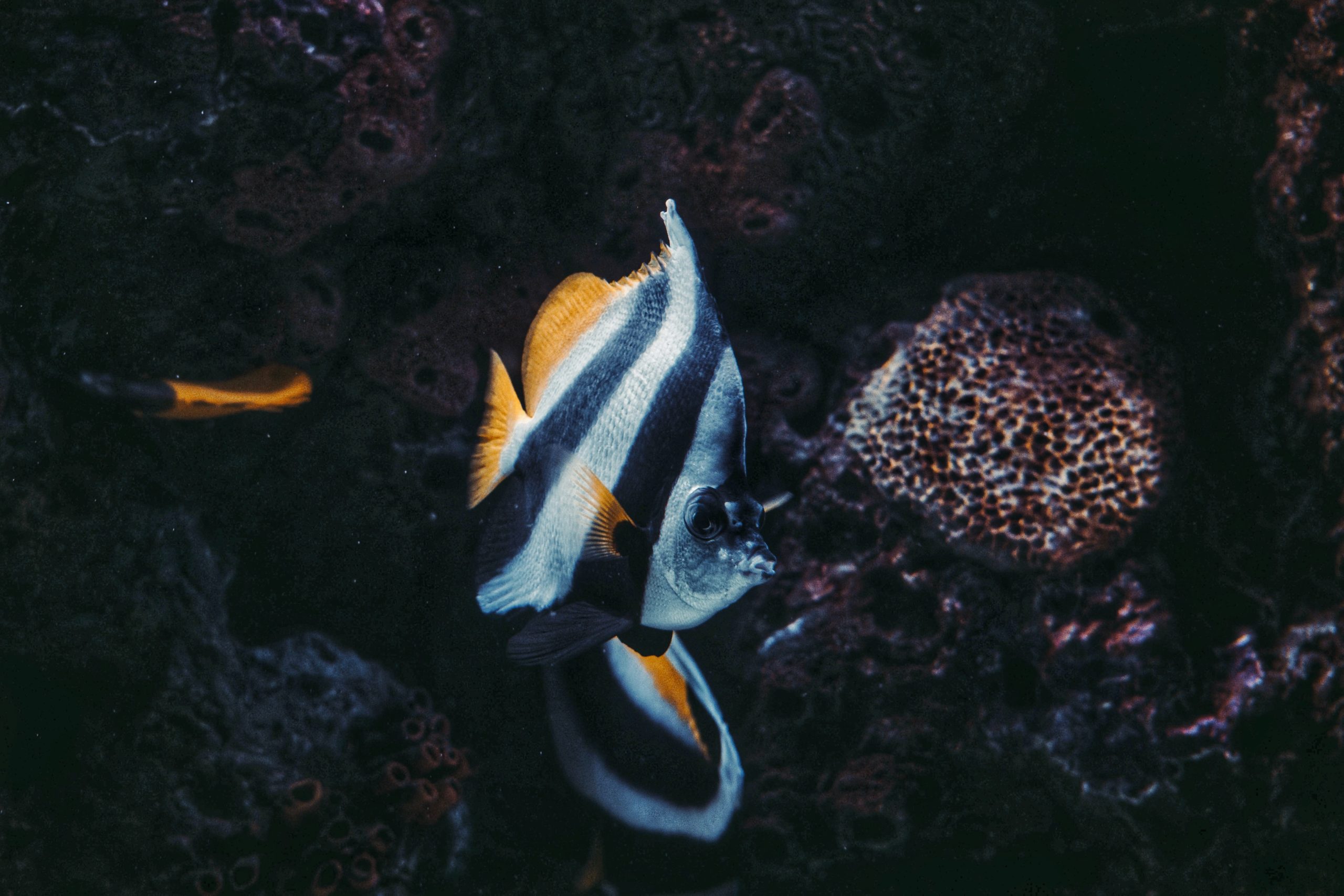Urban light pollution is a danger to marine ecosystems, new research has found.
Urban light pollution in cities around the world has been deemed a danger to essential marine ecosystems, new research has found.
Marine ecosystems are being subjected to more artificial light as a result of urban development along the coast. The organisms that live in the coastal waters of some of the largest coastal cities in the world may experience physiological and behavioural effects as a result of this exposure, which is particularly severe in and around these areas.
The Plymouth Marine Laboratory published an atlas of artificial light at night under the sea which showed that 1.9 million square kilometers of the world’s coastal seas are affected by light pollution at a depth of one meter. This equates to 3.1% of all exclusive economic zones worldwide (the areas of the ocean owned by coastal nations).
These studies have shown that light pollution is pervasive and growing. But the distinction between the cycles and intensity of natural and artificial light has not yet received enough attention. It would be possible to quantify this and gain a better understanding of how extensive urbanised coastlines affect the ecology of marine ecosystems.
The amount of natural and artificial light that reaches the marine ecosystems of seven coastal cities with populations greater than 10 million has been measured by specialists from the Universities of Plymouth and Strathclyde.
These cities include Tokyo, Shanghai, Mumbai, New York, Buenos Aires, Lagos, and Los Angeles.
The study found that for these cities, nighttime artificial light doses on the sea’s surface can be up to six times greater than those from moonlight. Only three days after the brightest full moons did moonlight intensity surpass that of artificial lighting.
Is marine life in danger?
Seasonal cycles govern the patterns of nighttime natural light. Therefore, historically, exposure to nighttime light has been influenced by the moon and its cycle of waxing, waning, and ascent in the sky, according to Tim Smyth, head of science: marine biogeochemistry and observations at Plymouth Marine Laboratory in the United Kingdom.
The position and brightness of artificial light sources, in contrast, are constant throughout the year and the night, regardless of the season.
According to scientific studies, light pollution can hide the moon’s natural cycle and have an impact on coastal organisms. This happens on a range of scales, including the hyperlocal (below street lights), the regional, and even the global.
Coral reefs and other marine organisms depend on the cycles of natural light to control their physiological and biological processes. On cues from the lunar cycle, a number of coral species simultaneously release their gametes, which are reproductive cells.
Symbiosis, a crucial coral maintenance process, may also be sensitive to artificial lighting. The close bond between the two organisms that make up coral is known as symbiosis.
Additionally, the red, green, and blue colour components of artificial nighttime light that illuminates habitats on the seafloor have the potential to interfere with visually guided ecological processes, the expert added. Predators that typically hunt during the day, like the herring gull, may be able to spot prey that is typically hidden at night, like marine snails.
Many marine animals’ bodily functions can be changed by lighting coastal areas. Fish that are exposed to artificial light may have less success reproducing. Additionally, studies have shown that it can make turtle hatchlings disoriented and hinder their ability to swim to safety in the ocean.
Some species are incredibly sensitive to even very low light levels. Artificial light has the potential to interfere with the daily migration of zooplankton, an essential component of the marine food chain. Zooplankton has been found to move away from a ship’s working light at depths of at least 200 metres, according to research conducted in the Arctic.
Due to the low light intensities present, measuring light pollution in nature is difficult. At greater depths, this is particularly accurate.
However, overcoming these obstacles is necessary to enable a better understanding of the effects of light pollution on the environment. Future studies into how light pollution affects marine ecosystems will be guided by The Plymouth Marine Laboratory’s research.
In addition, such studies will give urban planners the knowledge they need to strike a balance between coastal urban development and the preservation of marine ecosystems, Smyth concluded.







